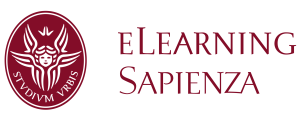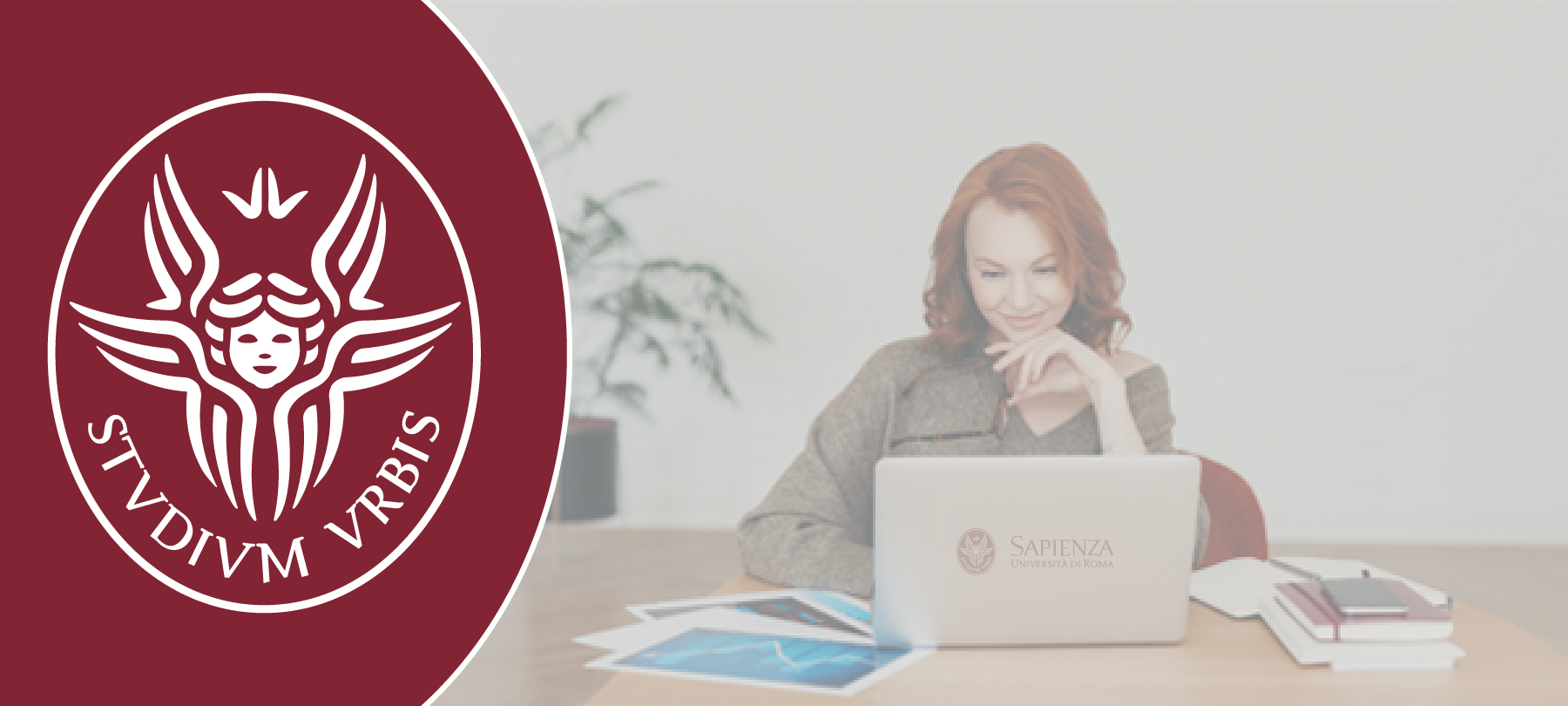Schema della sezione
-
Prerequisites
We strongly recommend that you have taken the following first-year exams:
Mathematics: for the knowledge of logarithms, properties of vectors and scalars, study of functions, derivatives and integrals;
Physics: for fundamental laws, work and energy, energy distribution
Inorganic Chemistry: general principles and properties of solutions
COURSE PROGRAMME
Classical Thermodynamics.
Introduction. Definition of system, environment, variables or thermodynamic functions. States of equilibrium and thermodynamic transformations. Heat and Work. Calorimetry.
The first principle. Internal energy. Thermal capacity and specific heat. Application of the first principle to perfect gases.
Enthalpy. Enthalpy of reactions in the gaseous phase. Enthalpy of physical, atomic and molecular transformations. Thermochemistry. Law of Hess. Enthalpy training standard. Variation of enthalpy with temperature: Kirchhoff's law. Joule-Thomson effect.
The second principle. Utterances. Spontaneous transformations. Reversibility and irreversibility.
Entropy. Definition of thermodynamics. Clausius inequality. Reversible and irreversible isothermal expansion of a perfect gas. Adiabatic transformations. Thermodynamic cycles. Theorem and Carnot cycle. Variation of entropy with temperature.
Third principle. Nernst's theorem. Boltzmann report.
Helmholtz energy and Gibbs energy. Maximum work function. Free reaction energy. The fundamental equation of thermodynamics. Maxwell reports. Thermodynamic state equation. Variation of Gibbs energy with pressure and temperature. Gibbs-Helmholtz equation. Fugacity and activity. Partial molar quantities. Chemical potential. Thermodynamic equilibrium criterion. Reaction quotient and equilibrium constant. The Boltzmann equilibrium constant and distribution. Le Chatelier's principle. Van't Hoff equation.
The physical transformations of pure substances. State diagrams: critical point, boiling point and melting point, triple point. The water status diagram. Clapeyron equation. The properties of simple blends. Thermodynamic description of the mixtures. Partial molar quantities. The molar partial volume. Partial molar Gibbs energy. The Gibbs-Duhem equation. Thermodynamic mixing quantities. The chemical potential of liquids. The ideal solutions. Raoult's law. The ideal diluted solutions. Henry's law. Colligative properties: elevated ebullioscope, cryoscopic and osmotic pressure. Solvent activity. The activity of the solute. Ideal diluted solutions. Real solutions.
Phase equilibria: Mix state diagrams. Two-component systems and temperature-composition diagrams. Liquid-liquid status diagrams for partially miscible two-component systems. Liquid-vapor state diagrams for volatile liquid mixtures: characteristic vapor pressure curves; pressure-composition and temperature-composition diagrams; simple and fractional distillation; azeotropes.
Properties of electrolyte solutions: activity; Debye-Hückel theory; electrolytic conductivity: conductivity and resistivity; conductivity measurement; independent ion migration law; mobility and transport numbers. Dissemination. Fick's first law, Einstein-Smoluchowski equation, Gauss's theorem of divergence, Fick's second law. Mobility. Einstein equation, Stokes-Einstein equation, Nernst-Einstein equation. Debye-Hückel-Onsager equation.
Chemical kinetics: reaction speed, velocity constants and kinetic laws. Reaction order. Kinetic laws in integrated form. Reactions of order 0, of the I, II and III order. Pseudo-order. Half-life. Molecularity of reactions. Elementary and non-elementary reactions. Kinetics of equilibrium reactions, consecutive and competitive reactions.
The dependency of the reaction speed from the temperature. Arrhenius equation. The origin of the Arrhenius parameters. Collision theory. Theory of the activated complex and of the transition state. Enthalpy and activation entropy.
Catalysis. Homogeneous and heterogeneous catalysts. Micellar catalysis. Enzymes and enzymatic catalysis: the models of Michaelis-Menten and Briggs-Haldane; the biochemical-physical meaning of Michaelis's constant; graphical representations of experimental data. Enzyme inhibitors: competitive, non-competitive and incompetitive inhibition.
Heterogeneous catalysis: Nernst diffusion layer. Surfactants: general characteristics and their classification. Monolayer bi and multilayer. Surfactants and critical micellar concentration. Micellar catalysis. Dispersed systems: properties and characteristics. Surface tension. Surface excess, the Gibbs adsorption isotherm.
Colloids: classification and main characteristics. Stability of colloids. The potential of Lennard Jones. The thermodynamics of formation of micelles. The double electric layer. Double layer overlap. DLVO theory. Flocculation and coagulation. Steria stabilization
Thermodynamics of non-equilibrium. Thermostatics and thermodynamics: from equilibrium to steady state; reversibility and irreversibility. Curie Theorem, Prigogine Theorem, Law of Onsager. The dissipation function; thermodynamic systems, chemical reactions and irreversible processes; relaxation time, reaction speed and dissipation function; theory of absolute reaction speed; partition functions; stability of steady-state systems.
Properties of biological membranes. Passive transport. Facilitate transport: kinetic approach and nonequilibrium thermodynamics approach. Main principles of active transport.
Thermodynamics and sustainable development. Steady state economics. Entropy and economic processes. The law of entropy. Bioeconomy. Indicators of ecological sustainability: Exergy and Emergy.
Methods of conducting the course
The Course of Physical Chemistry consists of 64 hours of frontal lessons with the students. The lessons are all interactive, so the teacher stimulates the students with questions to which they, by virtue of the courses already followed, and the progress of the course can give an answer. This allows the teacher to make evident the links between the current course and some previous courses, whose notions play an important role in understanding what is proposed in class. The continuous references to notions of previous courses but also to those that will be followed in the following years, have the purpose of accustoming the student to consider the proposed subject not as something closed, aimed at passing the final exam, but wants to educate the student to a multidisciplinary study, which is absolutely required for a 2nd year student of this degree program. The student will find on the e-learning platform the slides and the teaching material (exam program, recommended texts) useful for the preparation of the exam. It is understood that the slides are a guide to the exam topics, but they can never absolutely replace the recommended texts and lectures given by the teacher.
Description of the assessment methods
The assessment methods of the course are characterized by an oral exam call fixed each month of the year, excluding the months of August and December. The exam is open for 15-20 days to give students the opportunity to choose the most appropriate date to take the exam. The vote is expressed in thirtieths, with possible praise. Passing the exam presupposes the conferment of a grade of not less than eighteen / thirty and involves the assignment of the corresponding university credits. In the evaluation of the tests for the purpose of the assignment of the final grade, the following will be taken into account: the level of knowledge of the demonstrated contents (superficial, appropriate, precise and complete, complete and in-depth), the ability to apply the theoretical concepts (errors in applying the concepts, discrete, good, well established), the capacity for analysis, synthesis and interdisciplinary links (sufficient, good, excellent), the capacity for critical sense and the formulation of judgments (sufficient, good, excellent), the mastery of expression (deficient, simple, clear and correct, safe and correct).
In general, we start from very general questions about the main concepts of thermodynamics and / or kinetics, followed by more specific and more detailed questions about the application of the principles studied to describe real phenomena. To pass the exam, the mnemonic study is not recommended, but the understanding of the main concepts is required in a preponderant manner. The ability to connect and compare the topics held in different parts of the Physical Chemistry course and/or in other courses is particularly appreciated. Numerical examples may also be processed during the test.

